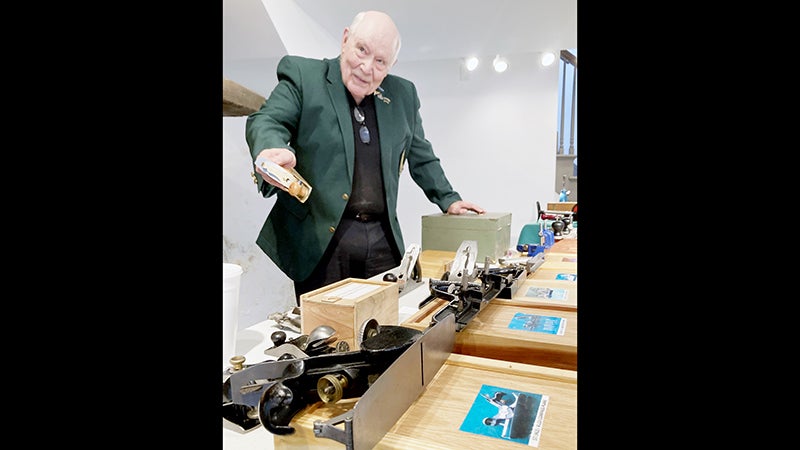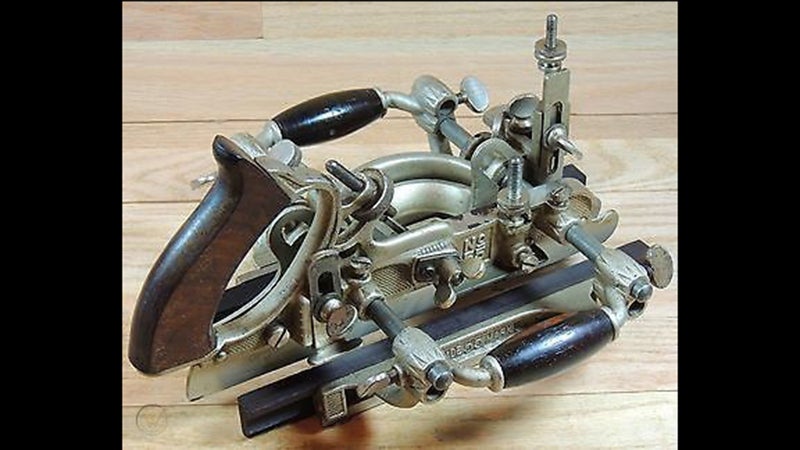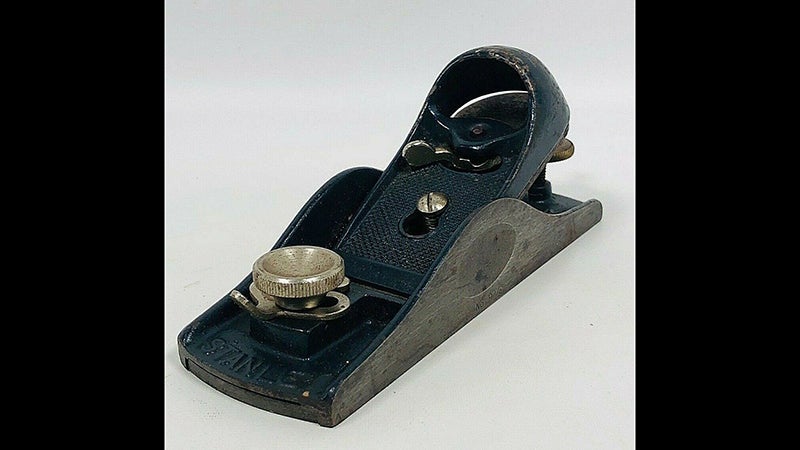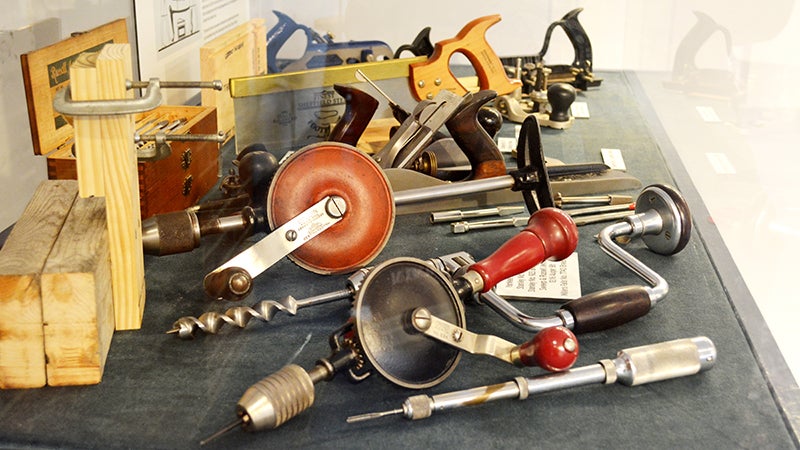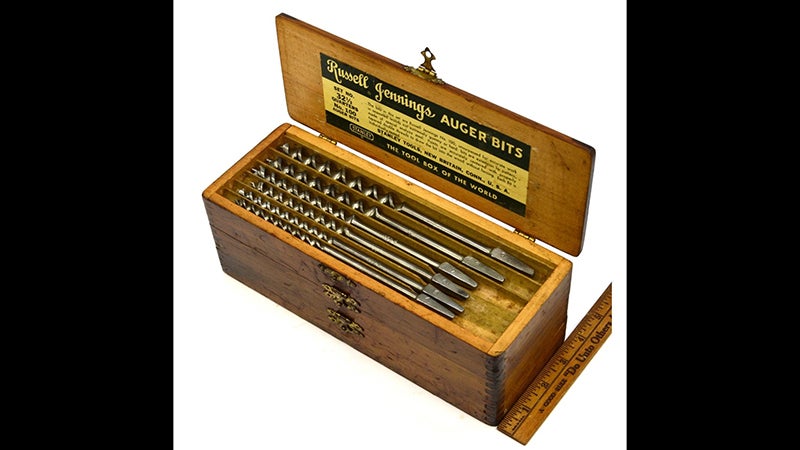Tools of the trade
Published 5:14 pm Tuesday, November 9, 2021
Roger Healey loans historic carpentry collection to IW museum
In the days before electric drills and saws became woodworking standards, Roger Healey recalls watching his father repair furniture in his grandfather’s New York antiques store.
“Next thing I knew, I was doing some of it myself,” Healey said.
Now at age 85, he’s one of a select few with expertise in the use of 19th- and early 20th-century push drills, bench planes and other long-discontinued hand tools that were once the industry standard in professional carpentry.
“I think there’s one European country that still makes the breast drill,” Healey said. “You push with your shoulder or chest while drilling to bore a hole.”
Healey’s collection will be on display at the Isle of Wight County Museum through the end of February, then returned to him. Museum Director Jennifer England has dubbed the concept “Local Treasures,” and plans to make it a recurring exhibit featuring a variety of collections in the possession of local residents.
“Showcasing material culture gives us all a better understanding of the lives of the people who interact with objects,” England said. “It helps us understand human history. This exhibit concept will allow the museum to display an interesting microcosm of our residents’ interests and pride.”
Some exhibits may include items people have in their homes that they don’t even think of as collectibles or artifacts.
“When people see what other people in the community choose to display, they will recognize the historic or storytelling value of what they have in their own homes,” England said. “I cannot wait to see what fascinating collections our community has. Sharing them here in the museum will enrich us all.”
A number of the tools in Healey’s collection are special-purpose cabinetmaking planes. The Stanley No. 4 Bench Plane, for example, was sold from 1869 through 1984 as a means of smoothing the surface of boards before power sanders became the go-to tool.
The Stanley No. 55 Multiplane, manufactured between 1897 and 1963, had 53 cutters and was referred to at the time as a “milling machine in a box.” It bears a passing resemblance to modern-day electric saws — minus the battery or electric cord.
“The handles on those saws back in the ’30s and ’40s, they were all anatomical; they fit your hand like a glove,” Healey said. “If you’re going to be working with that hand saw all day long, you want something that’s high quality and comfortable to use.”
But “when the bean counters took over these companies in the ’50s and ’60s, they were always looking for ways to do things cheaper,” Healey said.
Ergonomics was among the first qualities to be placed on the chopping block.
Over the decades, there’s also been notable changes in how houses are built. At one time, standard two-by-four timber boards actually measured 2 inches thick and 4 inches wide. Now, they’re an inch and a half by 3-1/2 inches.
“The older those places get, the more and more evidence you’ll see of timber framing,” said Healey, who owns Smithfield’s circa-1807 Four Square Plantation. When you see an old wooden cabin that’s still standing, “timber framing is one of the reasons for that.”
Healey has used his knowledge of traditional woodworking techniques to restore his historic home and its outbuildings, and has rebuilt and has worked on the restoration of historic Dutch homes in Wrightsville and York, Pennsylvania.
In his Smithfield home, he can tell the tongue-in-groove pine flooring was cut by hand.
“If you pushed the plane one way, you were butting the groove,” Healey explained. If you pushed it the other way, you were cutting the tongue.
Healey credits his Stanley tool “bible” for his knowledge of the specific dates of manufacture for the tools in his collection. It contains the dates of production for each tool the company made.
“It keeps you off the streets,” Healey said. “It’s a good hobby.”


